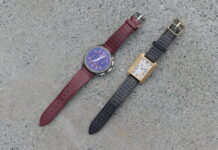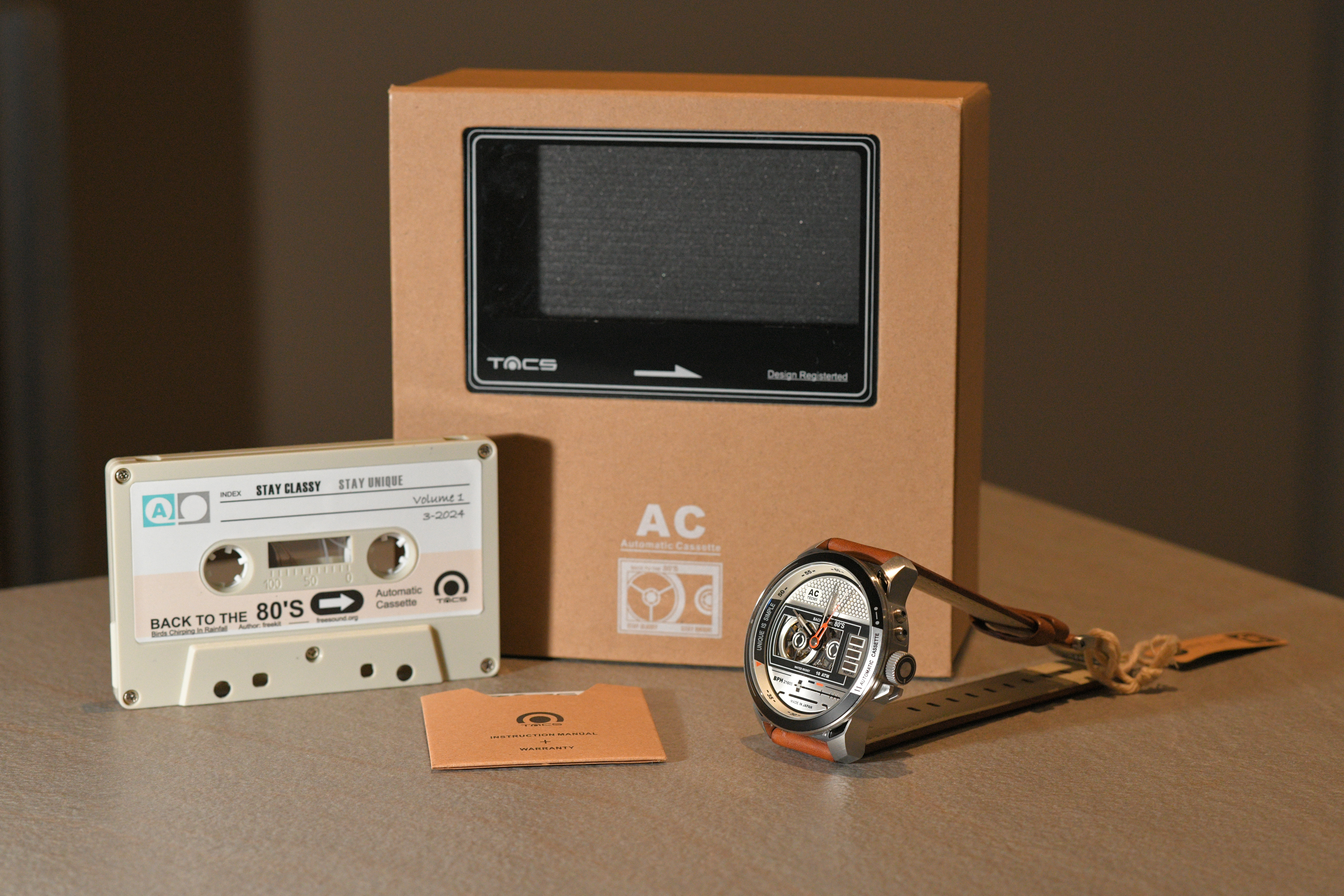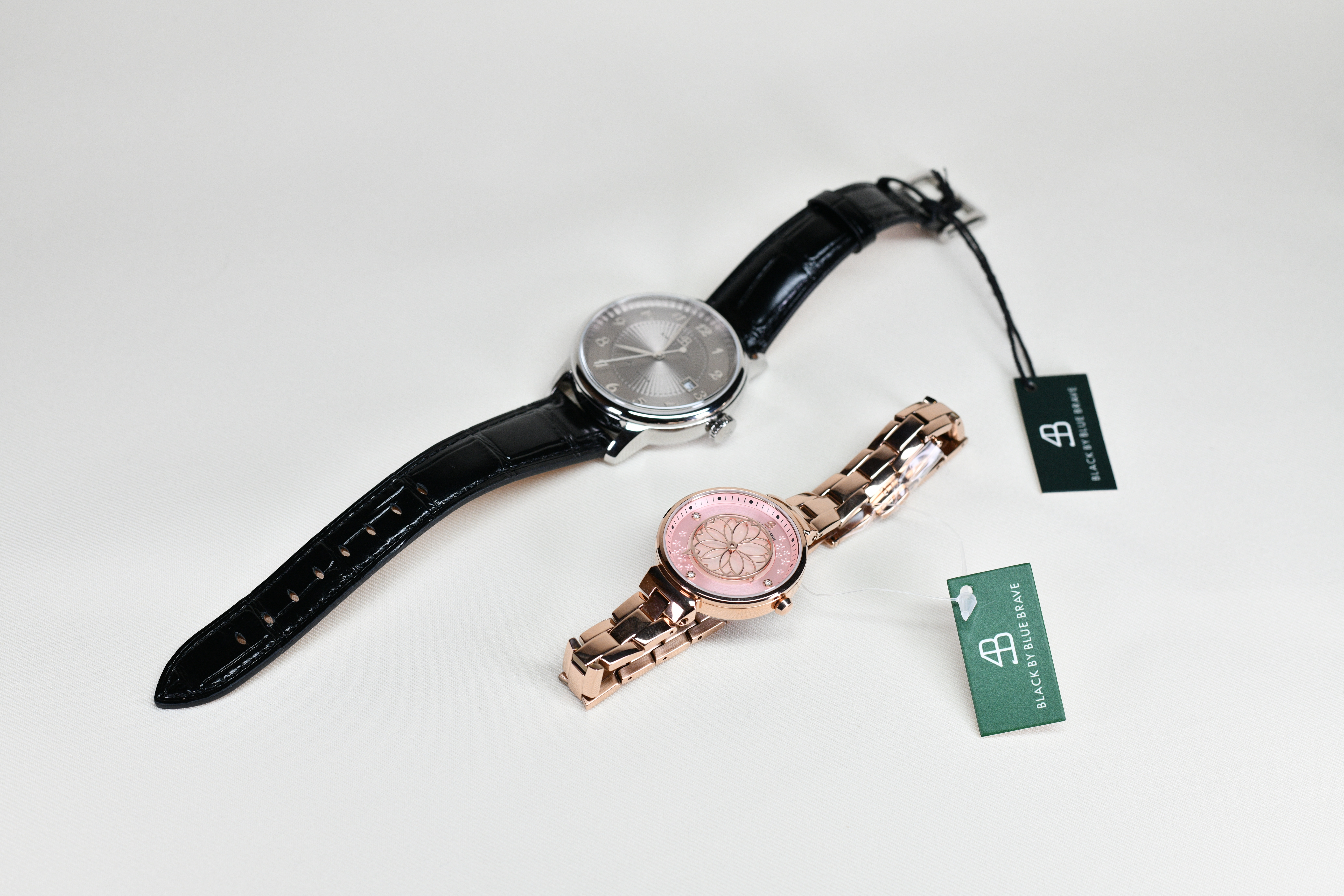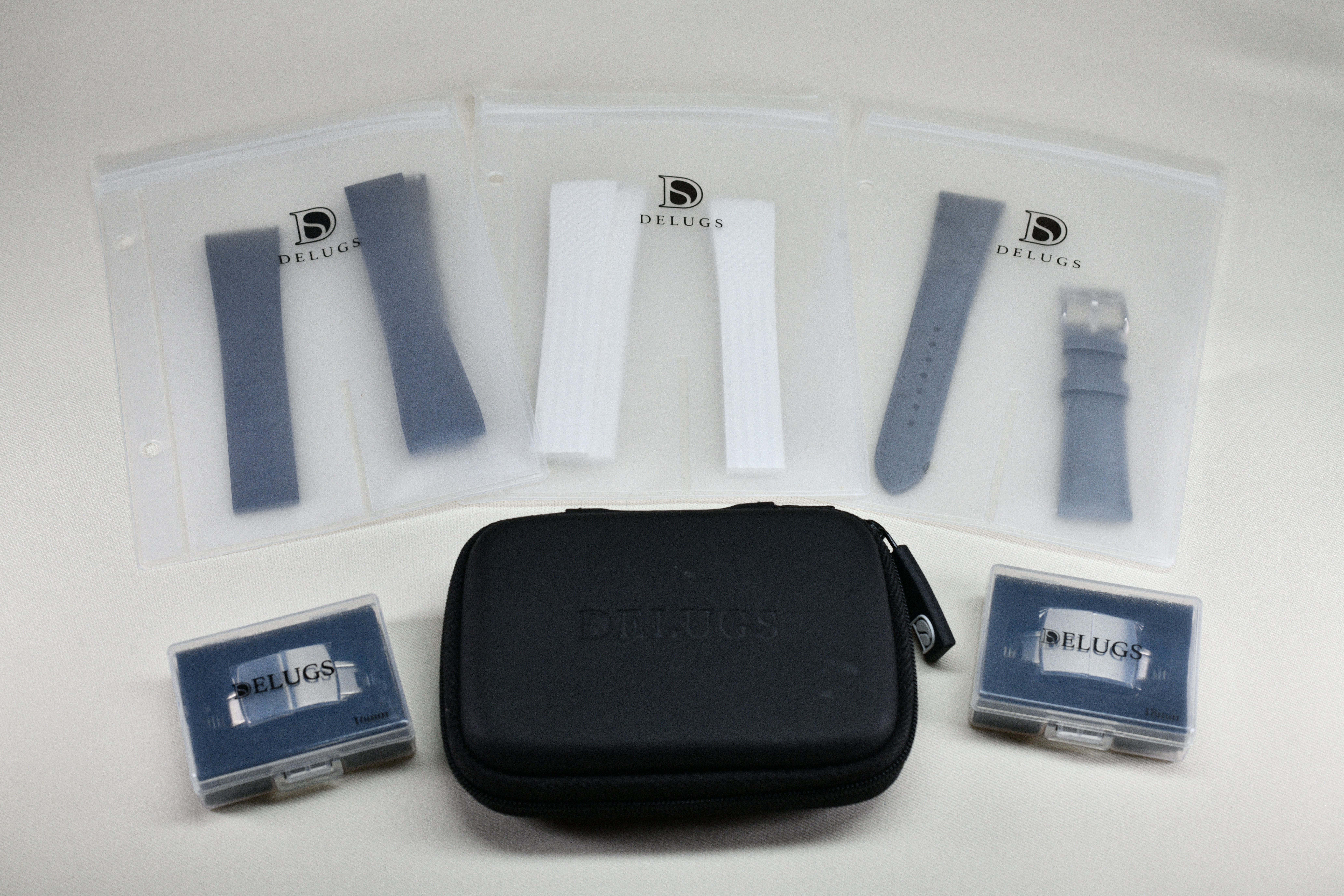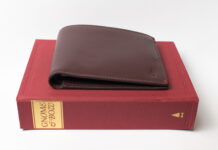Hello everyone, and welcome to another Singaporean review! This Sunday, I’m reviewing the Portsea Calendar from Melbourne Watch Company.

Melbourne Watch Company describes the Portsea Calendar as “a modern spin on the classic marine-style timepiece”. This would be the first marine-styled timepiece (not to be confused with divers) covered on this website, so I’m extremely excited to see if the Portsea Calendar is any good!
Melbourne Watch Company – the Brand
As their name suggest, Melbourne Watch Company (MWC for short) is an Australian microbrand based in – you guessed it – Melbourne. MWC was founded in 2013 by former IT consultant Sujain Krishnan. Sujain, like most microbrand owners, is incredibly passionate about watches. Prior to starting MWC, he actually hand-assembled custom homage styled watches, offering them for sale through platforms such as the WatchuSeek forum and eBay under the brand “Melbourne Custom Watches”. Since introducing his debut collection – the Flinders Automatic – on Indiegogo in 2013, MWC has gone from strength to strength in their various collections. To date, MWC has released 8 watch collections, each inspired by “elements of Melbourne’s diverse culture”.

Melbourne Watch Company states that their mission is “to create premium grade watches that would be accessible to watch enthusiasts, casual collectors and beyond”. In an interview with my friends over at MicrobrandWatchWorld, Sujain further elaborates that the “goal is ultimately to get people in the door who are looking for something more than your lower end fashion quartz watches, but can’t/won’t make the stretch for a Swiss brand”. Personally, I view MWC as – along with brands such as Gruppo Gamma, BOLDR, Zelos and NTH – one of the lao jiaos (Singlish for veteran, if you don’t know what Singlish is please go watch Crazy Rich Asians) of the microbrand watch scene. They have evolved over the years, pivoting their brand and collection to stay relevant, but continue to stay true to their roots by paying homage to their home city Melbourne.
Melbourne Watch Company Portsea Calendar – Build Quality
For the price, I’ll say that the build quality of the Portsea Calendar is pretty good!

Firstly, the Portsea Calendar utilizes sapphire crystal in its construction. As aforementioned numerous times in my previous reviews, I’m a huge advocate of sapphire crystal due to their inherent scratch-resisting properties. Personally, I always look for sapphire crystal in my modern watches as it adds greatly to the durability of the watch. The sapphire crystal here is also AR-coated, preventing potential nasty reflections from occurring and allowing you to view the full beauty of the dial (more on that later) unhindered. Elsewhere, the WR rating for the Portsea Calendar is stated at 100M, which – given its identity as a dress watch – is a welcome surprise. It’s 10 ATM WR rating means that the watch should be able to withstand pouring rain and spilled coffee without worry!

The Portsea Calendar is powered by the Miyota 9122, which is essentially a high-beat, affordable triple calendar movement. Some specs: the movement beats at 28,800 bph, boasts 40 hours of power reserve, and is hacking. The movement’s main calling card is in its “triple calendar” complication, which allows the watch to display the date, the day, and the month on the dial. Due to its mechanical complexity, watches with such a movement generally command 4 figures, sometimes even 5 figures (for example, the Vacheron Constantin Historiques Triple Calendrier). Prior to Miyota introducing this movement to the market, getting a Triple Calendar watch for 3 figures was nigh impossible. For me, the Miyota 9122 movement in the Portsea Calendar is definitely one of the key aspects that makes this watch a compelling value proposition.

I’m also pleased to report that the strap on the Portsea Calendar is quite good! The alligator embossed strap complements the dressy feel of the watch perfectly, with stitched strap loops and a nice, detailed buckle as well. The strap (fitted with quick-release pins) wears very comfortable on the wrist, largely in part due to the usage of nubuck lining which really elevates the strap. One of the better straps I’ve reviewed thus far!
Overall, I find the build quality of the Portsea Calendar superb, especially considering the price. For $875 AUD/ ~$860 SGD, one gets sapphire crystal, a nice strap, and of course, a triple calendar complication in that Miyota 9122 movement. One thing’s for sure – you’re getting a lot of watch for a three figure price tag!
Melbourne Watch Company Portsea Calendar – Design
The dial of the Portsea Calendar is a showstopper.

Firstly, I love the amount of depth present in the Portsea Calendar’s multi-layered dial. I’m a sucker for dials with depth and contrast, and the Portsea Calendar certainly didn’t disappoint! The dial consists of an upper layer (made of ceramic, more on that later), as well as a striped bottom layer where the brand and model name are inscribed. I find cutting out the calendar sub-dials a especially smart move, as it increases the perception of depth in the watch. I like the contrast in texture between the ceramic upper layer and the striped bottom layer as well. The ceramic dial eludes a refined, porcelain sheen, while the striped lower dial shimmers iridescently in the light, creating a nice contrast in texture. In addition, the striped indentations of the bottom dial is visually reminiscent of the wooden planks on ships, which is fitting given the marine theme of the Portsea Calendar!

Elsewhere, I absolutely adore the railway minute markers. It’s a design aspect that pays tribute to the marine watches of old, and it feels right at home with the Portsea Calendar. In addition, we also get ion-plated blue hands. The blue hands morphs in different lighting conditions, and again complements the white face of the watch well, adding a gravitas of refined class to the Portsea Calendar. I like the stylized second hand as well – I think it is a nice touch. However, I think that having heat-blued hands (instead of ion-plated) on the Portsea Calendar would have been a home-run. When you have such a classic design as one have here with the Portsea Calendar, it seems a shame not to equip the watch with heat-blued hands – one of the oldest techniques not just in watchmaking, but metal crafting as a whole. Unfortunately, we do not get the icing on the cake here.

The 316L stainless steel case of the Portsea Calendar is polished, which I find fitting given the dress nature of the watch. However, the crown is matte, and nicely signed. This results in a contrast in finishing visually between the crown and the case – a little detail I appreciate. In addition, the bezel of the Portsea Calendar is slightly stepped, resulting in the presence of slight depth in the case as well. For those of you wondering, the button (pictured above) on the case-side allows the wearer a convenient way of setting the month when pressed. Overall, I find the case of the Portsea Calendar to be simple, but thoughtfully executed.

Like the rest of the watch, the caseback of the Portsea Calendar is intricately detailed. Most microbrand watch manufacturers neglect the caseback, so I’m glad MWC paid such elaborate attention to it! There’s some nice contrast in texture on the caseback (polished sides, matte artwork and inscription), as well as depth present due to the use of an embossed artwork instead of simple engraving. The embossed artwork is detailed, and very nautical themed, befitting the marine inspiration of the watch. The caseback is also screwed down, rather than snapped on – a feature which undoubtedly lends towards its higher than average (for dress watches) WR rating.
All in all, the MWC Portsea Calendar is a watch that possesses depth, contrast, and details in spades. It’s an incredibly well-composed watch, with attention to detail being paid to nearly all areas of the watch. The Portsea Calendar is one hell of a dress watch, and it is fast becoming a personal favourite amongst my collection.
Shootout: Melbourne Watch Company Portsea Calendar VS Filippo Loreti Venice Automatic
Probably one of the most popular affordable calendar watches in the market today, the Filippo Loreti Venice Automatic is my competition to the MWC Portsea Calendar for today’s shootout!

In terms of specifications on paper, the Venice Automatic has a slight edge over the Portsea Calendar. Both utilizes sapphire crystal (with AR coating), but the Venice Automatic chose to adopt the Miyota 9100 movement instead of the 9122 found in the Portsea Calendar. As compared to the 9122, the Miyota 9100 boasts additional power reserve and 24-hour indicators. Therefore, the Venice Automatic is technically a more complicated and feature packed watch, as compared to the Portsea Calendar.

However, I much prefer the Portsea Calendar from a design standpoint. In my opinion, the numerous sub-dials and indicators clutters the dial of the Venice Automatic, which is ironic given the minimalist design tendencies of Filippo Loreti’s designs. In addition, I find the dial of the Portsea Calendar to possess more contrast in depth and texture as compared to the Venice Automatic. Also, I’m not a fan of the jeweled crown – it’s an aesthetic that is so reminiscent of Cartier that it looks out of place on any other watch.
Given that both watches are priced very similarly, which watch is better for you probably depends on your needs. If you like a watch with multiple complications and indicators conveying various information, the Venice Automatic would be the better choice with its 5 indicators (day, date, month, power-reserve, 24 hour). If not, I feel that the design of the Portsea Calendar is more refined and well thought-out as compared to that of the Venice Automatic. Certainly, I much prefer the vintage styling of the Portsea Calendar over the minimalist design of the Venice Automatic!
Conclusion: so the Melbourne Watch Company Portsea Calendar “shiok” or not?
I would say yes. For its retail price of $875 AUD/ ~$860 SGD, I feel it presents a compelling value proposition. The build quality is great – triple calendar function, sapphire crystal with AR coating, quality strap, 100M WR – and the design is detailed and refined as well. There is thoughtful contrast in depth and texture, and I love the vintage attributes present too. Nevertheless, I do hope that the next iteration of the Portsea Calendar will feature heat-blued hands!

For those interested, the Melbourne Watch Company Portsea Calendar retails for $875 AUD/ ~$860 SGD on their web-store. In addition, MWC’s watches are also stocked at Singaporean retailer Watch Wonderland (located in Suntec City) – if you’re still on the fence about this piece, you can head over to check out the watches in the metal!
View Melbourne Watch Company’s full Portsea collection here.
Specifications:
- CASE MATERIAL 316L Stainless Steel
- CASE DIAMETER 40mm
- CASE THICKNESS 13mm
- MOVEMENT Miyota Cal. 9122 Triple Calendar Automatic
- CRYSTAL Flat Anti-Reflective Sapphire
- DIAL White Ceramic
- HANDS Classic Blue
- STRAP 20mm
- WATER RESISTANCE 100m/10ATM
P.S Do check out the new “Discounts!” page for exclusive discounts for Wahsoshiok readers! More brands will be added very soon – stay tuned!
P.S.S If you haven’t already, do follow my social media channels on Facebook here, and on Instagram here!

